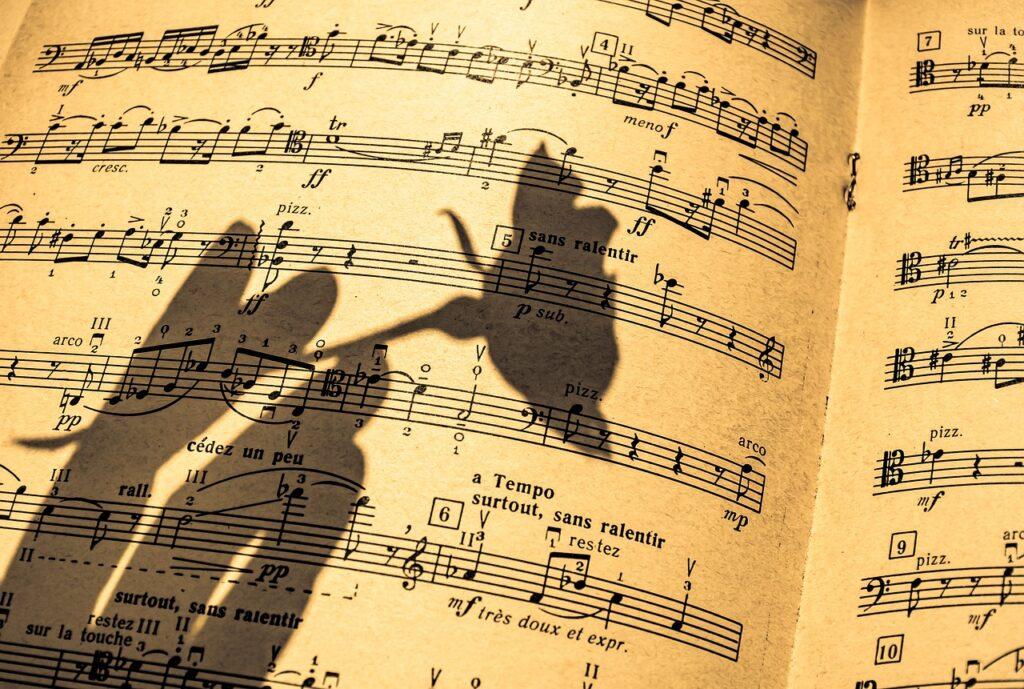“Can I write a song if I don’t play an instrument? If I have a melody and lyrics in my head, how can I create backing tracks for my song?” Good news! You too can write songs, even if you can’t play an instrument. Click to read, “How can I write a song without an instrument?” Estimated reading time 2 minutes.
Read More

